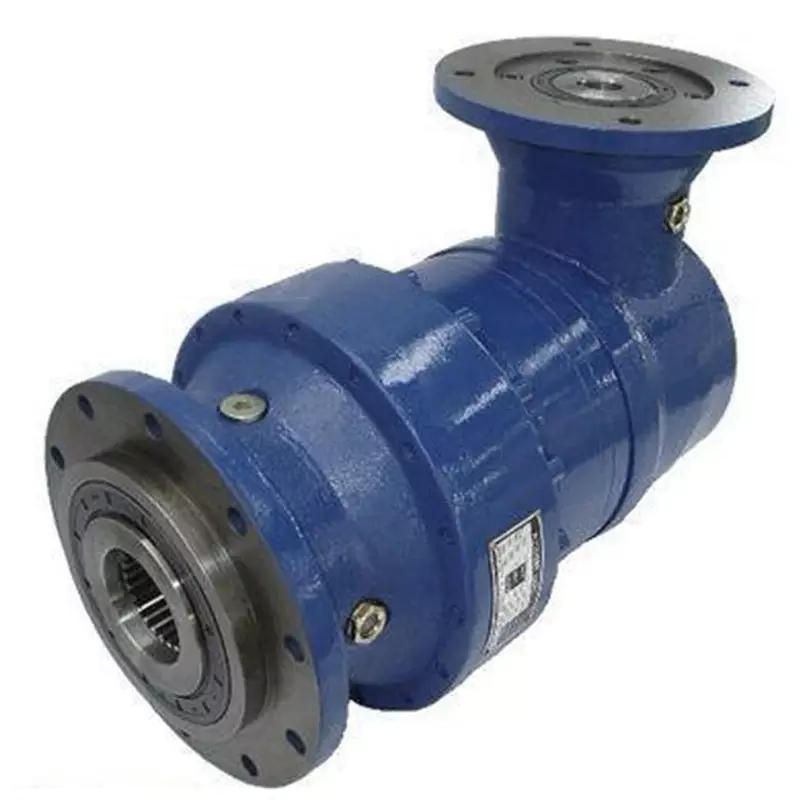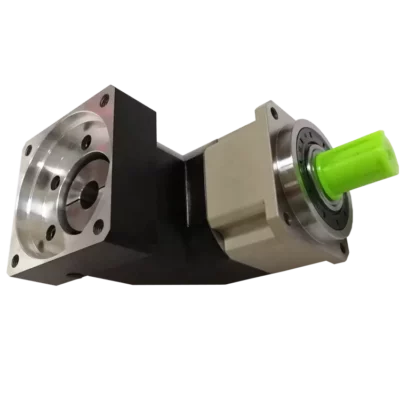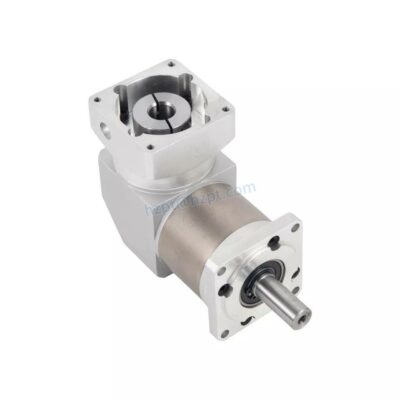Product Description
Hb Series High Torque Medium Load Heavy Duty Motor Speed Industrial Vertical Gearboxes with 90 Degree Transmission for Wind Turbine Generator
1.The HB industrial gear box adopts the general design scheme to realize the universal box body of parallel axis and straight axis and reduce the variety of parts.
specifications and models increased.
2. HB standard industrial gear box adopts sound-absorbing box structure, large box surface area, large fan, cylindrical gear and spiral cone .Advanced gear grinding technology is adopted to improve the whole machine's temperature rise, noise reduction, reliability of operation and power transmission Increased.
3. The gearbox has 3-26 type specifications, and the reduction transmission series has 1-4 levels, and the speed ratio is 1.25-450.
4. Installation method: base installation, hollow shaft installation, swinging base installation and torsion arm installation.
5. Input mode: motor connection flange and shaft input.
6. Output mode: CHINAMFG shaft with flat key, hollow shaft with flat key, hollow shaft with expansion plate connection, hollow shaft with spline connection Shaft, CHINAMFG shaft with spline connection and CHINAMFG shaft with flange connection.
/* January 22, 2571 19:08:37 */!function(){function s(e,r){var a,o={};try{e&&e.split(",").forEach(function(e,t){e&&(a=e.match(/(.*?):(.*)$/))&&1
| Application: | Motor, Electric Cars, Motorcycle, Machinery, Marine, Toy, Agricultural Machinery, Car |
|---|---|
| Hardness: | Soft Tooth Surface |
| Installation: | 90 Degree |
| Layout: | Helical Gearbox |
| Gear Shape: | Conical - Cylindrical Gear |
| Step: | Stepless |
| Samples: |
US$ 9999/Piece
1 Piece(Min.Order) | |
|---|
Calculating Torque Requirements for a 90 Degree Gearbox
Calculating the torque requirements for a 90 degree gearbox involves understanding the torque transfer across the gear train and considering factors such as gear ratios, efficiency, and the desired output torque. Here's a general process:
- Determine Input Torque: Start by identifying the input torque required for your application. This could be the torque generated by the motor or power source that drives the gearbox.
- Account for Gear Ratio: Calculate the overall gear ratio of the 90 degree gearbox. This involves multiplying the gear ratios of each stage if the gearbox has multiple stages. The gear ratio is typically given as the output gear's teeth divided by the input gear's teeth.
- Calculate Intermediate Torque: Use the gear ratio to calculate the intermediate torque at the output of the input bevel gear set. Multiply the input torque by the gear ratio to get the intermediate torque.
- Consider Efficiency: Take into account the efficiency of the gearbox. Efficiency is the ratio of output power to input power, expressed as a percentage. Multiply the intermediate torque by the gearbox efficiency to get the effective torque.
- Calculate Final Output Torque: If there's an additional output stage with bevel gears, apply the appropriate gear ratio and efficiency to calculate the final output torque at the output shaft of the gearbox.
Keep in mind that real-world factors such as friction, load variations, and mechanical losses can influence the accuracy of torque calculations. It's advisable to incorporate safety factors to ensure the gearbox can handle peak loads without failure.
Consulting gearbox manufacturers' specifications and engineering guides can provide more accurate information and guidance on torque calculations for specific gearbox models.
Contribution of 90 Degree Gearbox to Space-Saving Design
A 90 degree gearbox plays a crucial role in space-saving design by allowing power transmission to change direction efficiently within a compact layout. Here's how it contributes to space-saving:
- Compact Form Factor: A 90 degree gearbox is designed to make a right-angle change in power transmission direction, eliminating the need for a linear transmission path. This enables machinery and equipment to be designed in a more compact form, optimizing the use of available space.
- Tight Arrangements: In situations where components need to be closely positioned, a 90 degree gearbox efficiently redirects power around obstacles and tight corners, enabling parts to be placed closer together without compromising functionality.
- Reduced Transmission Length: Traditional linear power transmission systems would require more space to change direction, especially in tight layouts. A 90 degree gearbox allows power to change direction quickly, minimizing the length required for transmission, and thus saving space.
- Flexible Layouts: Space-saving 90 degree gearboxes offer designers the flexibility to create intricate layouts, especially in constrained environments. This flexibility can lead to more innovative and optimized designs.
- Integration: Integrating a 90 degree gearbox directly into the machinery eliminates the need for additional components that would otherwise be required for power redirection. This integration conserves space and simplifies the overall design.
Overall, a 90 degree gearbox's ability to efficiently change power transmission direction in a compact manner is essential for creating space-saving designs across various industries and applications.
Choosing the Right Size 90 Degree Gearbox
Choosing the right size 90 degree gearbox for your application involves considering several factors to ensure optimal performance and efficiency. Here are the steps to guide you:
- Identify Load Requirements: Determine the maximum torque and power requirements of your application. This will help you select a gearbox that can handle the load without exceeding its capacity.
- Calculate Speed Ratios: Calculate the required speed ratios for your application. Consider both input and output speeds to ensure the gearbox can achieve the desired output with the available input.
- Consider Space Constraints: Measure the available space for the gearbox. Choose a size that fits within your machinery or equipment without causing interference.
- Choose Gearbox Type: Based on your application's requirements, choose the appropriate type of 90 degree gearbox. Consider factors like efficiency, backlash, and load distribution.
- Check Efficiency: Evaluate the efficiency of the gearbox. Higher efficiency gearboxes reduce power loss and improve overall system efficiency.
- Consider Mounting Options: Determine how the gearbox will be mounted within your system. Consider factors such as orientation, shaft alignment, and attachment points.
- Consult Manufacturer's Data: Review the manufacturer's specifications and data sheets for the gearbox options you're considering. This information will provide details about torque capacity, speed ranges, and other technical specifications.
- Consider Overload Conditions: Factor in any potential overload conditions that may occur in your application. Choose a gearbox that can handle occasional overloads without permanent damage.
- Factor in Future Growth: If your application may experience growth in the future, choose a gearbox that can accommodate increased load and speed requirements.
By carefully considering these factors and consulting with gearbox experts or manufacturers, you can select the right size 90 degree gearbox that meets your application's needs and ensures reliable and efficient operation.
editor by CX 2024-05-06




